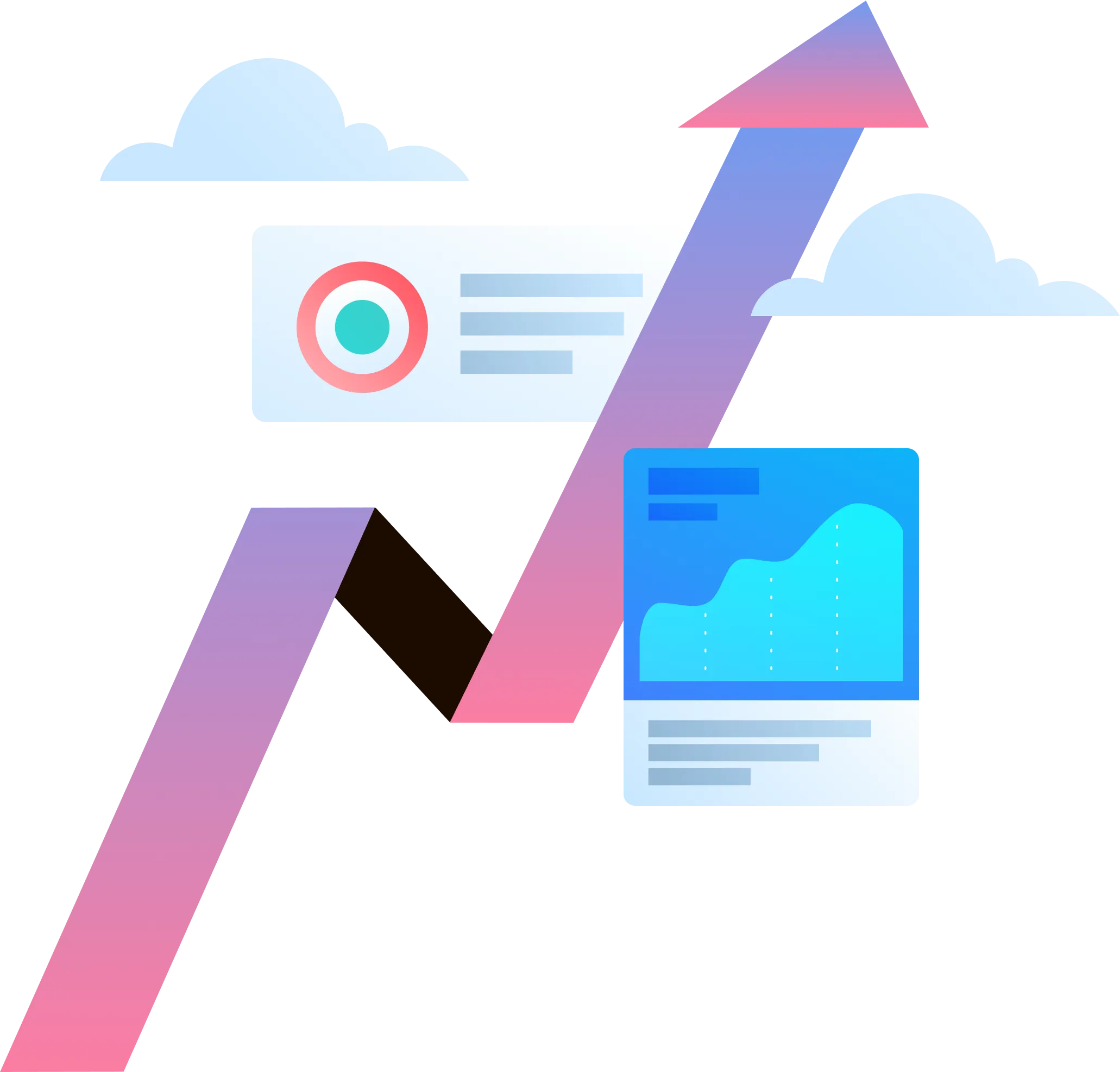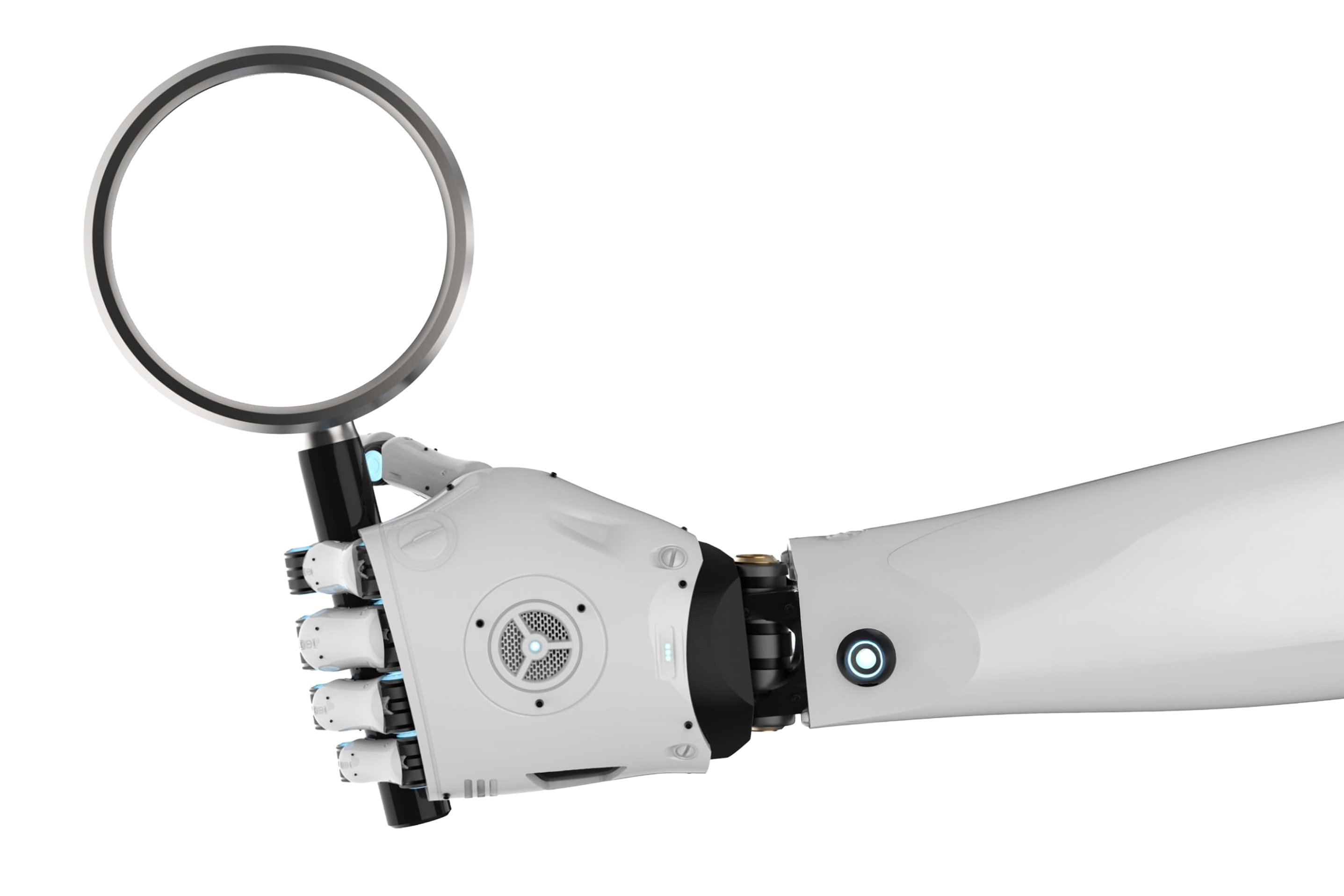AI Visibility Framework: Be the Name AI Recommends in Your Category
Your Competitors Are Capturing Prospects Who Should Be Yours
Free 30min Strategy Session
In a Nutshell:
Advanced Multi-Platform AI Search Optimization
Right now, prospects are asking ChatGPT, Claude, and Perplexity about solutions like yours.
What To Know
The question is: are they hearing YOUR name or your competitor's? Our integrated three-pillar framework ensures you dominate every platform where your prospects research.
Quick Answer: RankScience's AI visibility framework combines GEO, LLMO, and AEO for comprehensive coverage across ChatGPT, Claude, Perplexity, and Gemini.






.webp)

The AI Platform Strategy Gap Your Competitors Are Missing
Your prospects have moved to AI platforms for research and decision-making. Each AI platform requires different content structuring and technical implementation.
The Invisible Crisis: Despite this massive shift to AI research, most companies remain completely invisible when prospects ask AI about their space. According to Federal Reserve Governor analysis, AI is "the next general-purpose technology" with ChatGPT now engaging more than 500 million users weekly, while industry research shows 87% of marketers already using AI tools.
Here's what's happening: Your prospects now research using multiple AI platforms, each serving different needs. ChatGPT handles 200+ million weekly conversational queries, Claude serves professional researchers conducting deep analysis, and Perplexity dominates real-time research searches. While traditional search remains important, competitors with sophisticated AI optimization are being cited as the experts your prospects should consider.
You might be wondering how this differs from traditional SEO. The answer reveals why companies with perfect Google rankings are losing deals to competitors they've never heard of.


Advanced Content Structuring for AI Search Optimization That Actually Works
AI startups face uniqueHere's the reality most agencies miss: Platform-specific formatting requirements determine pickup rates in ways that separate winners from the invisible. ChatGPT prioritizes different signals than Claude or Perplexity. Each requires specialized optimization that ensures AI platforms consistently recognize and cite your expertise. challenges that traditional businesses don’t:
.svg)
GEO (Generative Engine Optimization)
Own the category conversation. When prospects ask AI about your space, they hear YOUR terminology, YOUR frameworks, YOUR expertise referenced as the industry standard.
.svg)
LLMO (Large Language Model Optimization)
Technical optimization that ensures AI platforms recognize and cite your expertise while competitors remain invisible or relegated to afterthoughts.

AEO (Answer Engine Optimization)
Direct recommendation advantage. When prospects ask "which solution should I choose?" - you're the answer they get.
The Evidence for AI Adoption is Clear
According to Deloitte research, marketing teams adopting AI see significant ROI improvements, with 75% of AI value creation occurring in customer operations, marketing and sales, software engineering, and R&D.
The first-mover advantage window is closing rapidly. Early adopters establish category authority and claim valuable AI "real estate" before competition intensifies. The companies that act now will own the AI conversation in their category for years to come.



Why We're the Expert Agency for Complete AI Visibility Framework Implementation
We coordinate advanced platform-specific methodologies so every piece of content is architected for maximum AI visibility rather than generic optimization. As a technical agency with a Y Combinator background, we've built our expertise helping hundreds of companies from early-stage startups to billion-dollar enterprises.
Category Creation at Scale
Imagine this scenario: A qualified prospect asks ChatGPT about solutions in your category. Instead of hearing about three random competitors, they get a detailed response positioning your methodology as the industry standard, citing your frameworks, and presenting you as the obvious choice. You're not just getting mentioned, you're defining how the entire category gets discussed. That's not luck. That's strategic AI ecosystem dominance working exactly as designed.
This is category creation at scale. While competitors fight for market share using your language, you've already moved on to the next innovation. VCs see you as the thought leader. Media quotes your frameworks. The market adopts your terminology as standard.
What success looks like
Six months from now, when someone researches your industry using any major AI platform, your name consistently appears as the expert reference. Your frameworks become the standard way people discuss the category. Prospects arrive at sales calls already convinced you're the industry leader. Competitors find themselves explaining how they're different from you, rather than the other way around.
The competitive advantage is massive. According to Harvard Business Review analysis, AI-leveraging companies achieve 1.5× higher revenue growth, while Harvard Business School research shows early AI adopters are 4× more likely to introduce novel products and services.

Multi-Platform Coverage Across the AI Research Ecosystem
Your prospects don't research on just one platform. Comprehensive platform optimization ensures your marketing message gets seen wherever prospects are conducting their research.

ChatGPT
ChatGPT has 200+ million weekly users across all demographics that ask conversational questions. Sophisticated optimization ensures your expertise surfaces naturally.

Perplexity
Perplexity handles 100+ million monthly searches for comprehensive analysis. Your content dominates research-heavy queries that drive decision-making.

Claude
Claude attracts professional researchers and detailed analysts who influence major decisions. Optimized content positions you as the authoritative source they cite.

Google AI Overviews and Gemini
Google AI Overviews and Gemini represent the Google ecosystem where structured data determines visibility. Optimization ensures you appear in the growing percentage of searches that never leave AI.
Platform Coverage Comparison
Our Three-Pillar AI Optimization Framework
We implement three critical optimization strategies modern AI startups need:
Category Creation and Thought Leadership Positioning
Own the conversation. When prospects ask AI about your space, they hear YOUR terminology and frameworks as the industry standard. Build authority through content architecture designed for AI platform recognition.
Key Benefits: • Category language ownership across platforms • Framework establishment for industry terminology
• Competitive de-positioning through superior content
Technical Foundation for AI Platform Recognition
Sophisticated content structuring tailored to each platform's requirements for maximum citation potential. Specialized formatting ensures AI platforms recognize and cite your expertise as the authoritative source.
Core Features: • Platform-specific content structuring • Authority signal implementation • Citation-ready content formatting
Direct Citation and Answer Pickup
Specialized formatting that maximizes direct answer pickup across all AI platforms. Structured Q&A optimization and citation-ready content that AI systems prefer for immediate responses.
Optimization Elements: • Direct answer formatting for AI pickup • Citation-ready response preparation • Multi-platform answer compatibility
Schedule a Consultation for Your AI Visibility Strategy
Free 30min Strategy SessionWe'll analyze your current AI visibility across platforms and give you one actionable strategy you can implement immediately, whether you work with us or not. Our consultation reveals specific gaps in your platform optimization and identifies your biggest opportunities for comprehensive coverage.
No generic advice. No cookie-cutter strategies. Just practical insights based on our experience optimizing for the AI-driven research landscape.

Ready to Transform Your Growth? Let's Talk
Stop leaving money on the table while your competitors capitalize on traffic that should be yours. Schedule your free 30-minute strategy session now.
No generic advice. No cookie-cutter strategies. Just practical insights based on 12+ years of helping enterprises like yours unlock organic revenue.
Click below to reserve your slot. We offer these strategy sessions to provide meaningful value to each potential client.
.svg)
Frequently asked questions
Test by asking ChatGPT, Claude, or Perplexity about solutions in your category. If competitors get cited instead of you, or if you're completely absent from responses, you're missing significant opportunities.
Why this matters: AI platforms handle massive search volumes across ChatGPT, Claude, and Perplexity. When prospects research your industry using these platforms, they're forming opinions about market leaders based on who gets cited. If you're invisible in AI responses, qualified prospects are discovering competitors instead of you during critical research phases.
Testing approach: Search for 5-10 industry-related queries across different AI platforms. Look for patterns in which companies get mentioned, how they're positioned, and whether your expertise appears anywhere in the responses. A comprehensive AI visibility assessment can identify these gaps systematically across all major platforms.
Look for agencies with proven expertise across multiple AI platforms, comprehensive testing protocols, and demonstrated results through citation tracking rather than single-platform tactics.
Key evaluation criteria: The agency should understand platform-specific requirements for ChatGPT, Claude, Perplexity, and Google AI Overviews. They should demonstrate experience with content optimization and platform integration. Most importantly, they should provide measurable results through systematic testing and citation monitoring across all major platforms, as outlined in recent AI citation research.
Red flags to avoid: Agencies that only optimize for one platform, promise guaranteed rankings, or can't explain technical implementation differences between AI systems. Also avoid agencies that can't demonstrate actual citation improvements or provide unclear methodology explanations.
AI optimization and traditional SEO serve different purposes and work best together. Traditional SEO gets you found in search results; AI optimization gets you recommended as the solution.
The strategic difference: Traditional SEO focuses on ranking in search results where prospects compare multiple options. AI optimization ensures you get cited when prospects ask direct questions, positioning you as the authoritative answer rather than one option among many. According to Deloitte research, the most effective approach combines both strategies.
Implementation approach: Maintain traditional SEO for search visibility while adding AI optimization for recommendation advantage. This ensures coverage across the entire research ecosystem where prospects evaluate solutions, from Google searches to AI-powered research queries.
Because your competitors are already there. Right now, prospects are asking ChatGPT, Claude, Perplexity, and Gemini about solutions like yours. Someone is getting recommended. The question is whether it's you or your competition.
Traditional SEO gets you found in search results. AI optimization gets you recommended as the solution. AI platforms don't show links, they provide answers. When someone asks "What's the best solution for [your category]?" AI gives them a direct recommendation.
Each platform serves different research needs with distinct optimization requirements. Comprehensive platform optimization ensures maximum visibility across the entire AI research ecosystem where your prospects evaluate solutions.
You're handing qualified prospects to competitors. Your prospects don't use just one AI platform. They might ask ChatGPT for a quick comparison, Claude for detailed analysis, and Perplexity for industry research. Single-platform optimization means missing 75% of the research journey.
Results timelines depend on content quality, platform algorithms, and competitive landscape. Professional AI optimization focuses on building sustainable visibility rather than promising specific timeframes, as platform recognition patterns vary significantly across different industries and content types.
It works because your prospects are already using AI for research, regardless of industry. According to Snowflake research, 92% of early adopters see positive ROI from AI investments. B2B, SaaS, professional services, and technical industries see particularly strong results because their prospects conduct detailed research before making decisions.
Complete transformation of how prospects discover and perceive your expertise. Effective AI optimization ensures coordinated coverage across ChatGPT, Claude, Perplexity, and Gemini rather than fragmented approaches that leave gaps competitors can exploit.
Professional AI optimization begins with comprehensive visibility assessment to identify current gaps across ChatGPT, Claude, Perplexity, and Gemini, followed by coordinated implementation of platform-specific technical requirements. Effective optimization deploys specialized content structuring for each platform while ensuring integration benefits maximize overall visibility.
Comprehensive AI optimization tracks platform-specific citation rates across ChatGPT, Claude, Perplexity, and Gemini, along with brand mention quality and competitive positioning across AI responses. Professional testing protocols reveal actual performance versus theoretical approaches, providing clear measurement of AI visibility improvements and business impact across the integrated framework.
AI visibility optimization is particularly valuable for B2B companies whose prospects research solutions across multiple AI platforms. According to McKinsey research, AI marketing productivity could increase by 5-15% of total marketing spend, representing significant value in the growing AI marketing sector.
The main challenges are platform complexity and content requirements. Each AI platform has different technical specifications and citation preferences. Without proper expertise, companies often optimize for one platform while remaining invisible on others, missing qualified prospects across the AI research ecosystem.
Absolutely. AI optimization often provides faster results than traditional SEO for smaller companies because there's less competition on AI platforms. Early adopters gain significant advantages by establishing authority before competitors invest in AI visibility.
.svg)
.svg)


RankScience LLC
2443 Fillmore St #380-1937,
San Francisco, CA 94115
© 2025 RankScience, All Rights Reserved
